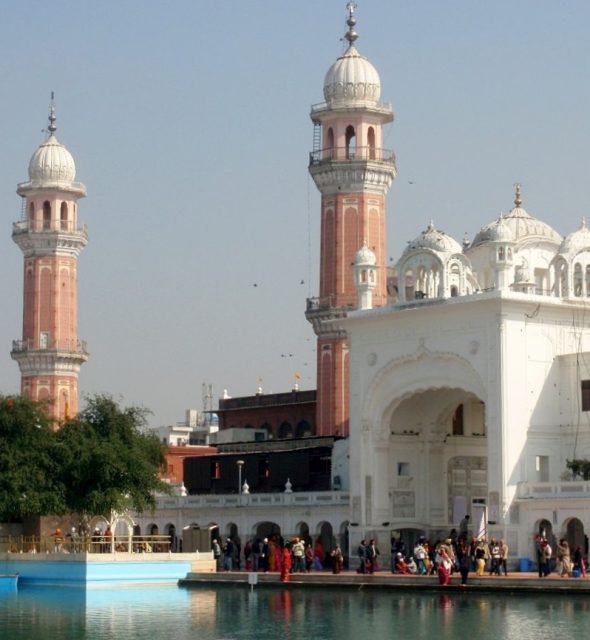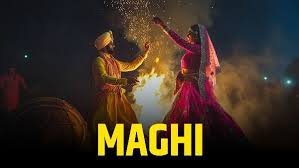BACHCHHOANA, village 7 km northeast of Budhlada Mandi (29°55\'N, 75°33\'E), is sacred to Guru Tegh Bahadur, who, according to Sakhi Pothi, came here from Barhe and stayed for seven days under a pipal tree on the bank of a pond. The Guru was accompanied by a large sangat and the Ranghar in habitants of Bachchhoana served them ample quantities of milk and curds. Guru Tegh Bahadur expressed delight at the extensive green pastures around the village and blessed the villagers for their good milch cattle.

BUNGA: A place of residence for the Sikhs or the place for rest for the pilgrims. There were at least 69 Bungas at Amritsar in the nineteenth century, some of them are still in existence. Another term for the resting hostel for the Sikh pilgrims is Saran. At Darbar Sahib, Amritsar Guru Ram Das Saran has been built for the pilgrims. Another Saran at Darbar Sahib is named Guru Nanak Niwas. Lately, a paid hostel named Aka/ Rest House, too, has been built. There are Sarans attached to almost all of the major Gurdwaras.
NIDHAN SINGH, SANT (1882-1947), holy man popularly known as Hazur Sahibvale, was born the son of Bhai Uttam Singh of the village of Nidalori in Hoshiarpur district of the Punjab. He received religious instruction at the hands of Sant Divan Singh, popular in the area for his holiness. He left his home at the age of 20 and enlisted in the 5th Probyn`s Horse, a cavalry regiment of the Indian army, atJharisi. But he resigned within a year and set out on pilgrimage to Takhl Sachkhand Sri Hazur Sahib, Nanded, where he took up his permanent abode and found his calling in work in Guru ka Larigar.



